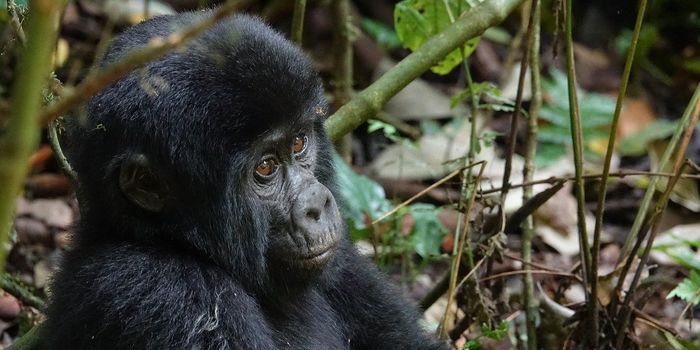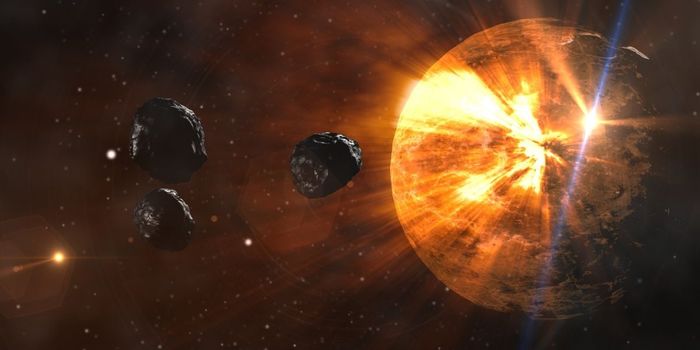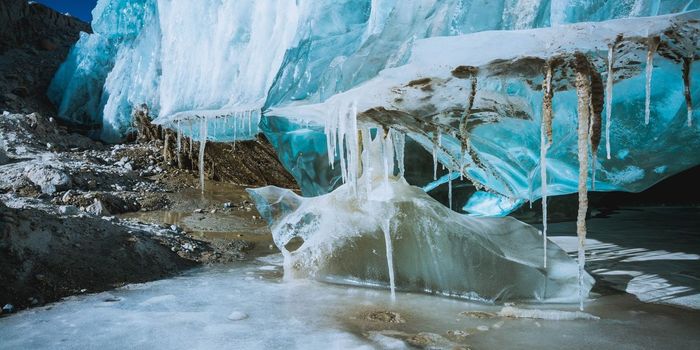More 20 Years of Mars Exploration, And Still So Much More to Come
Mars is one of the closest and potentially-habitable planets to Earth in our Solar System, and that's why it has remained the center of attention for more than two decades.
Over this span of time, we have sent rover after rover to the red planet to observe its chemical properties and to search for any signs of life. While we've come up empty in search of the latter, hopes are high that we might still find something beneath the surface, where life would be shielded from ultraviolet rays that penetrate Mars' thin atmosphere.
In addition to rovers, we've also sent numerous landers and orbiters to Mars to help us map the surface, a process that helps us better prepare for better landing sites for future rovers, like the Mars 2020 mission.
Soon, we will attempt to send the first humans to Mars to explore the planet with our own eyes, something that has never been accomplished before. It will be just like landing on the Moon for the first time, only much bigger.








